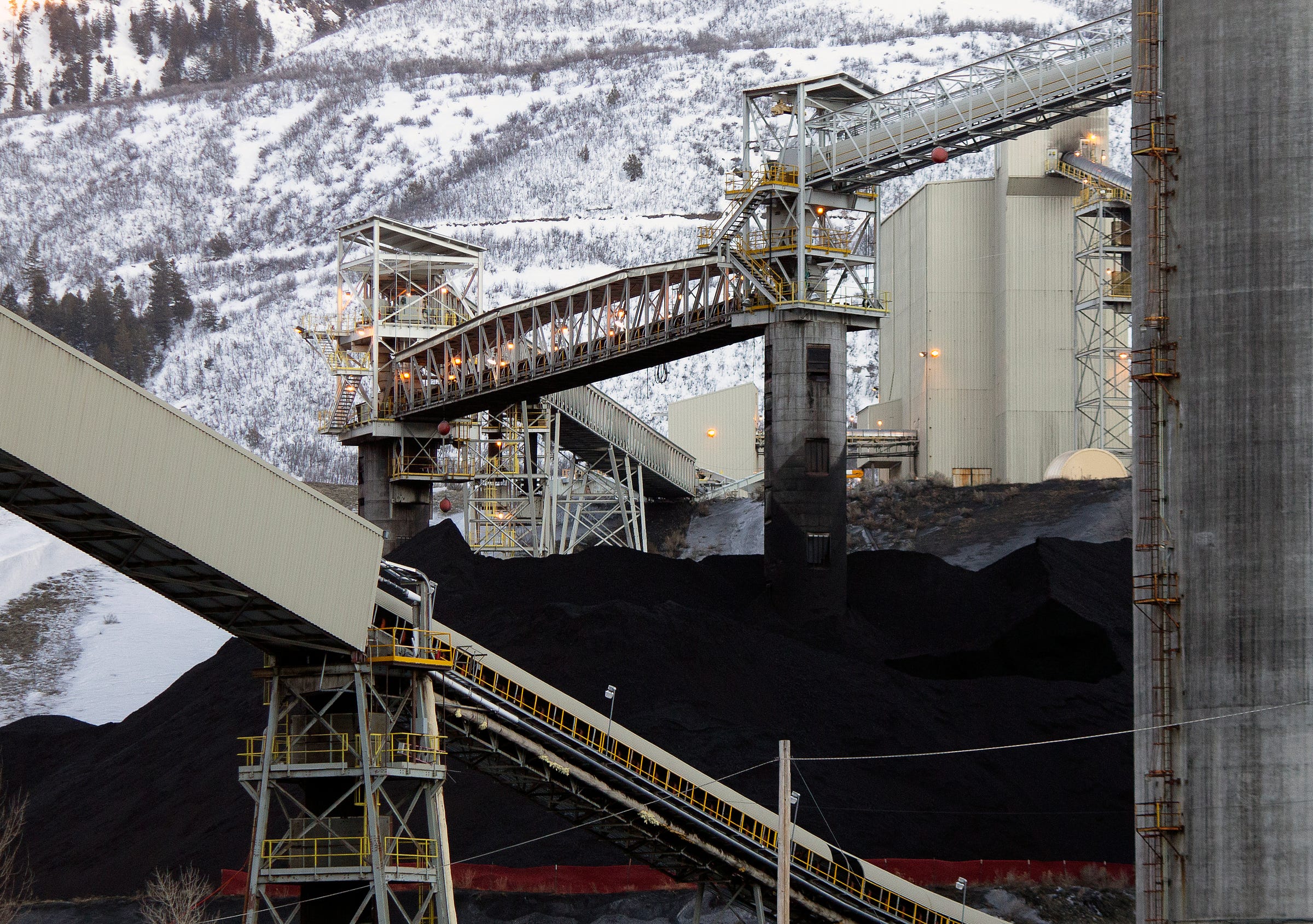Friday quick takes: Energy impotence? Uranium. Floods and reservoirs.

🔋Notes from the Energy Transition 🔌
President Donald Trump’s quest for what he calls energy dominance has run into a few snags, many of which are of his own making. Let’s set aside, for a moment, the fact that the term “energy domina…
Keep reading with a 7-day free trial
Subscribe to The Land Desk to keep reading this post and get 7 days of free access to the full post archives.

